Single tour (2 hours): 120 euros
Half Day (4 hours): 180 euros
Full Day (8 hours): 300 euros
* Each tour is open from 1 to 20 persons
* Tour # 3-9 (The history of medicine in Montpellier) requires an additional entry fee. Single visit (2 hours): 240 euros
* Within the same day, several tours (2 hours each) are possible but are subject to geographical compatibility.
* For some tours (Museums, monuments, houses) an additional entry fee may be needed (mandatory or optional).
Please note: this list is not definitive! I may study any other tour proposition for one day or more in the Languedoc area.
-
1. The Fabre Museum: the fine arts museum of Montpellier
Several possibilities to discover this place according to your tastes and availability: single tour, several tours... Everything is possible.
-
1.1 A quick journey through the collections, masterpiece by masterpiece, from Veronese to Soulages.
-
1.2 The museum will have no secrets for you! A cycle of 6 guided tours from the Renaissance to the twentieth century will put in perspective different artists and stylistic currents present in the permanent exhibition.
-
1.3 Works through collectors: a cycle of 3 tours (François Xavier Fabre, Antoine Valedeau, Alfred Bruyas).
-
1.4 For fans of Gustave Courbet, a special tour
-
1.5 For fans of Pierre Soulages (born in Rodez in 1919)
-
1.6 The Sabatier hotel in Espeyran: Department of Decorative Arts at the Fabre Museum.
-
1.7 Temporary exhibitions
-
-
1A. Atger Museum - collection of drawings
-
2. Tours which combine the city of Montpellier and the Fabre Museum
-
3. Montpellier at a glance. History and architecture.
-
3.1 Discovering the "Ecusson"
-
3.2 Montpellier in the Middle Ages: the origins of a city with a double vocation, commercial and intellectual
-
3.3 Montpellier under the Old Regime: administrative capital of the province of Languedoc. The mansions of the XVIIth and XVIIIth century.
-
3.4 Ode to Louis XIV: The Arc de Triomphe and the Royal square of Peyrou
-
3.5 The ballad along the "folies" around Montpellier...
-
3.6 The time of "pinardiers" ; the XIXth century or the Golden Age of winemakers
-
3.7 A Tale of apothecary: The Pharmacie de la Miséricorde in the XVIIIth and XIXth centuries
-
3.8 For Pottery enthusiasts : The Miséricorde pharmacy (XVIIIth and XIXth centuries) and the Sabatier hotel
-
3.9 The history of medicine in Montpellier since the XIIth century
-
3.10 The Saint Pierre Cathedral or the transformations of a Papal Chapel (XIVth century)
-
3.11 Montpellier, a showcase of contemporary architecture
-
-
4. On the sea side
3 sites a few kilometers (and a few centuries) apart.
-
5. The city
-
6. The mountain side
-
7. At your convenience : ask for a quote



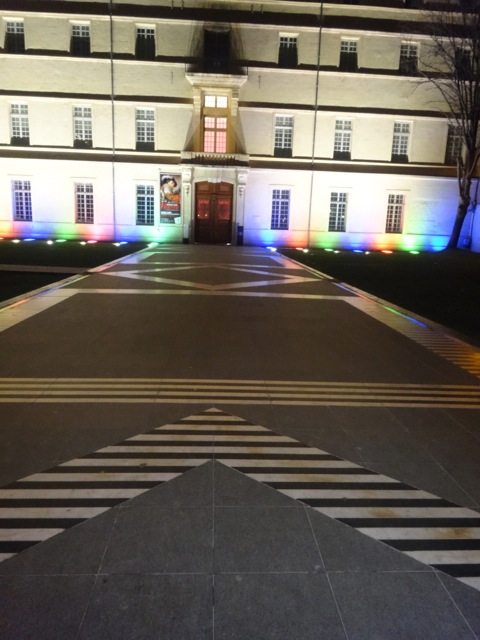 The Fabre museum has many major works (Teniers, Rubens, Zurbaran, Delacroix, Courbet, Van Dongen, Marquet, Nicolas de Staël, Pierre Soulages...).
The Fabre museum has many major works (Teniers, Rubens, Zurbaran, Delacroix, Courbet, Van Dongen, Marquet, Nicolas de Staël, Pierre Soulages...).
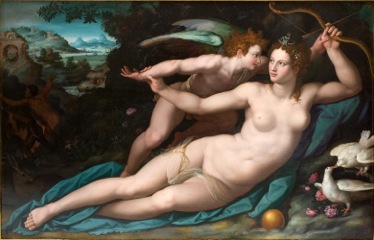 The collection is not bloated, but the works are rich with plastic beauty and iconographic content which may awaken your artistic sensibilities, and evoke the blessed time of Gods, within the adventure of the human thought (Veronese, Allori, Jean Cousin...)
The collection is not bloated, but the works are rich with plastic beauty and iconographic content which may awaken your artistic sensibilities, and evoke the blessed time of Gods, within the adventure of the human thought (Veronese, Allori, Jean Cousin...)

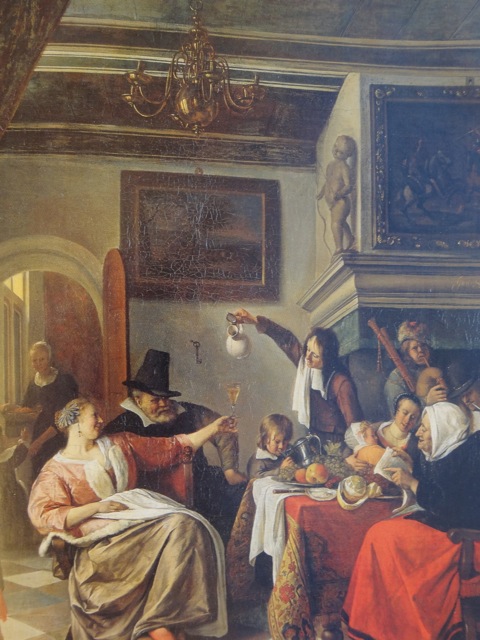
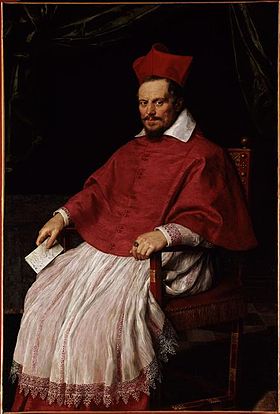 The XVIIth century offers an astonishing variety of expressions born from the specificities of the nations of Europe, but also from the political and cultural events that upset the existing balance.
The XVIIth century offers an astonishing variety of expressions born from the specificities of the nations of Europe, but also from the political and cultural events that upset the existing balance. 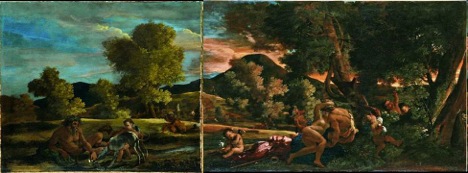

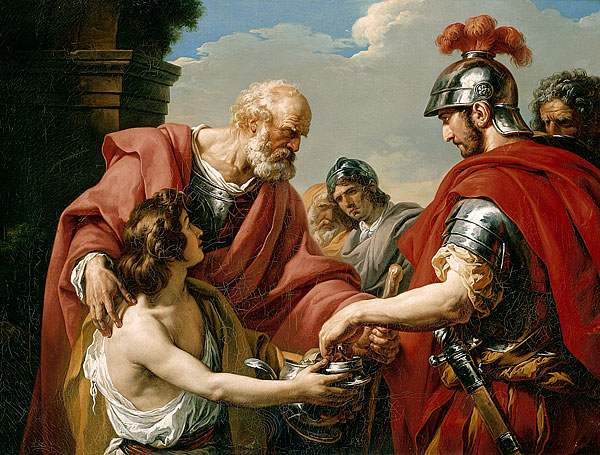
 Once again the rich collections of the Fabre Museum and the presence of major works invite us to an understanding of the major intellectual and stylistic movements that marked the first half of the XIXth century.
Once again the rich collections of the Fabre Museum and the presence of major works invite us to an understanding of the major intellectual and stylistic movements that marked the first half of the XIXth century.
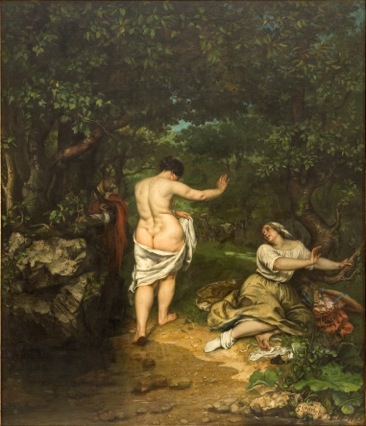
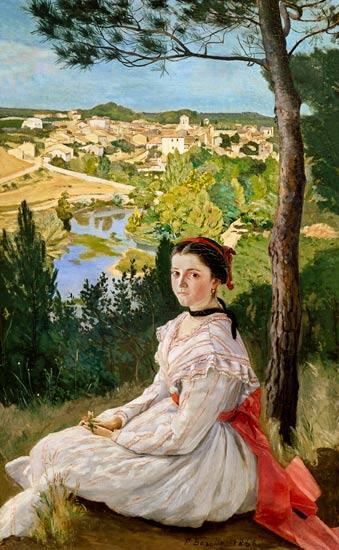 The Impressionist intuition of the transience of life ; its reflection on light, color, shape ; its challenging of conventional assumptions ; Painting as a language of souls freed it from the representation of reality and moved it towards abstraction (Bazille, Morisot, Manet, Monet, Van Dongen, Marquet, Matisse, Delaunay, Nicolas de Stael, Poliakoff, Soulages...)
The Impressionist intuition of the transience of life ; its reflection on light, color, shape ; its challenging of conventional assumptions ; Painting as a language of souls freed it from the representation of reality and moved it towards abstraction (Bazille, Morisot, Manet, Monet, Van Dongen, Marquet, Matisse, Delaunay, Nicolas de Stael, Poliakoff, Soulages...)

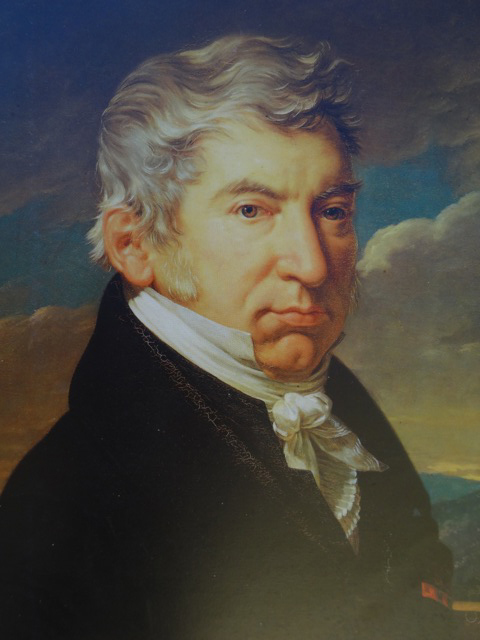 "You can not spend one hour in Montpellier without being told of the Fabre Museum, located on the Esplanade" wrote Stendhal in September 1837, twelve years after the donation which gave the city a museum and a library, and earned their founder, the painter François Xavier Fabre, a national reputation and the title of Baron. Fabre had died six months earlier at the age of 71 in his apartment located within the museum.
"You can not spend one hour in Montpellier without being told of the Fabre Museum, located on the Esplanade" wrote Stendhal in September 1837, twelve years after the donation which gave the city a museum and a library, and earned their founder, the painter François Xavier Fabre, a national reputation and the title of Baron. Fabre had died six months earlier at the age of 71 in his apartment located within the museum.
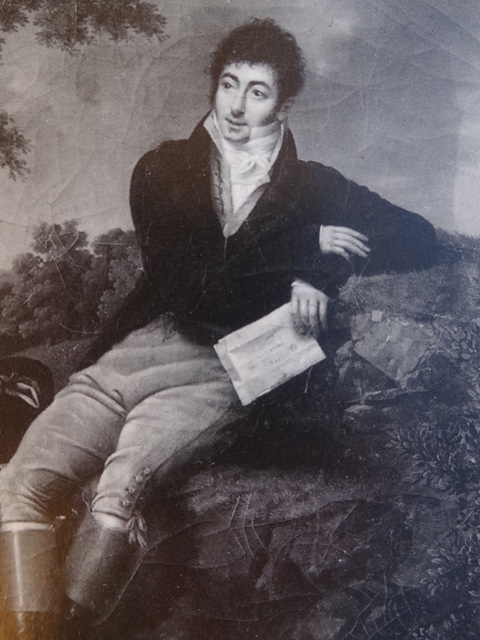 Antoine Valedeau: 79 paintings, 345 watercolors. During Fabre's lifetime, the Valedeau leg perfectly complements the classic tone of the original collection. Taking advantage of market opportunities in the revolutionary period, he accumulates valuable and intimate works of nordic origin, reflecting also the taste of his time (Mieris Van Steen, Reynolds, Grauze, Teniers, Dou...)
Antoine Valedeau: 79 paintings, 345 watercolors. During Fabre's lifetime, the Valedeau leg perfectly complements the classic tone of the original collection. Taking advantage of market opportunities in the revolutionary period, he accumulates valuable and intimate works of nordic origin, reflecting also the taste of his time (Mieris Van Steen, Reynolds, Grauze, Teniers, Dou...)
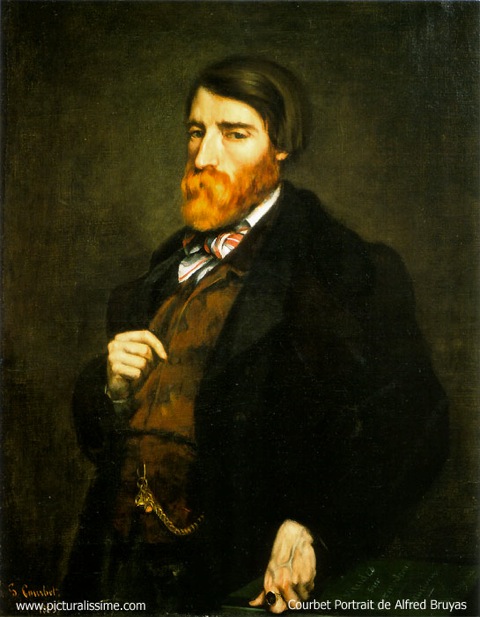
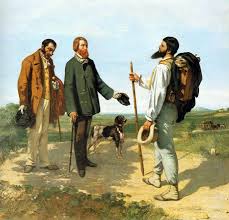 The story begins when Alfred Bruyas, collector and patron of Montpellier, buys "Bathers", the painting which triggers a scandal at the 1853 exhibition. This is the beginning of a fruitful collaboration between two extraordinary personalities for which "Realism is the future of painting".
The story begins when Alfred Bruyas, collector and patron of Montpellier, buys "Bathers", the painting which triggers a scandal at the 1853 exhibition. This is the beginning of a fruitful collaboration between two extraordinary personalities for which "Realism is the future of painting". 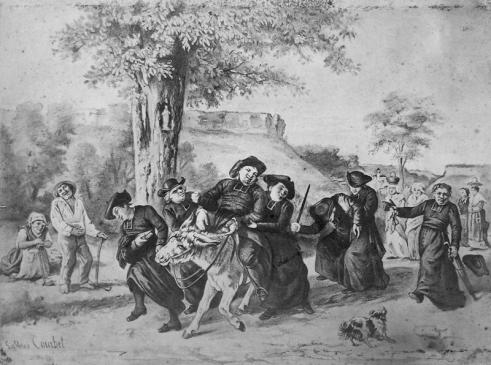 What is striking about Courbet, is the consistency of his project, the unity of his trajectory, the match between his ideas, his actions and his paintings. This loudmouth and thundering "madman of painting" was hated, admired, hated, envied, sometimes sanctified.
What is striking about Courbet, is the consistency of his project, the unity of his trajectory, the match between his ideas, his actions and his paintings. This loudmouth and thundering "madman of painting" was hated, admired, hated, envied, sometimes sanctified. 


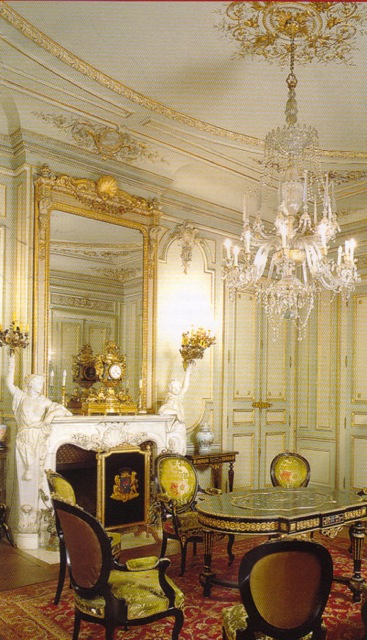


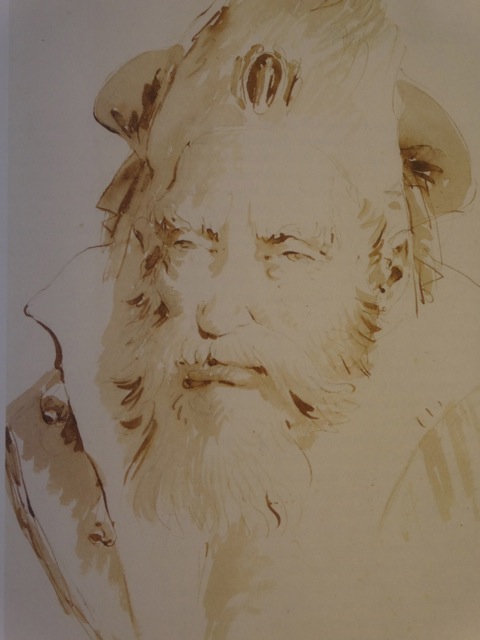 Housed in the former state rooms, on the first floor of the Faculty of Medicine, the Atger collection of drawings is a set of high artistic interest, the second most important in France (after the Louvre).
Housed in the former state rooms, on the first floor of the Faculty of Medicine, the Atger collection of drawings is a set of high artistic interest, the second most important in France (after the Louvre).
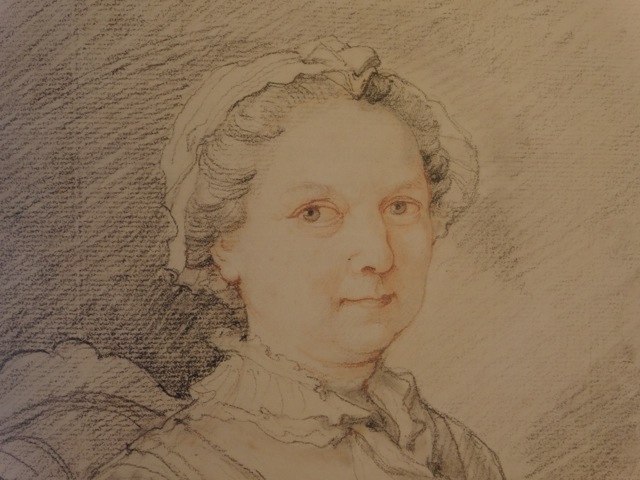 With 1000 drawings and 5000 prints, it is the oldest museum in Montpellier. A collection of works of art, signed by Fragonard, Tiepolo, Vigee-Lebrun, Bruegel, Tintoretto and Rubens.
With 1000 drawings and 5000 prints, it is the oldest museum in Montpellier. A collection of works of art, signed by Fragonard, Tiepolo, Vigee-Lebrun, Bruegel, Tintoretto and Rubens.


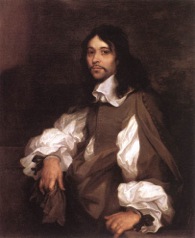 A protestant young painter with a fiery temper, a founding member of the Royal Academy of Painting and Sculpture, painter of Queen Christina of Sweden, one of the most original artists of his time...
A protestant young painter with a fiery temper, a founding member of the Royal Academy of Painting and Sculpture, painter of Queen Christina of Sweden, one of the most original artists of his time...
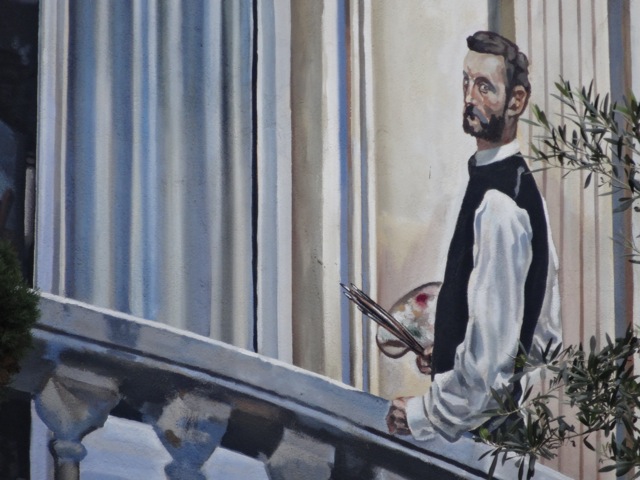 A career shattered at 29, an already exciting work by its proximity to the forefront of the impressionistic movement (friendship with Monet, Renoir, Sisley...) and a more "classic" temper which flourishes under the southern light (Eglise Saint Roch, Fabre Museum).
A career shattered at 29, an already exciting work by its proximity to the forefront of the impressionistic movement (friendship with Monet, Renoir, Sisley...) and a more "classic" temper which flourishes under the southern light (Eglise Saint Roch, Fabre Museum).
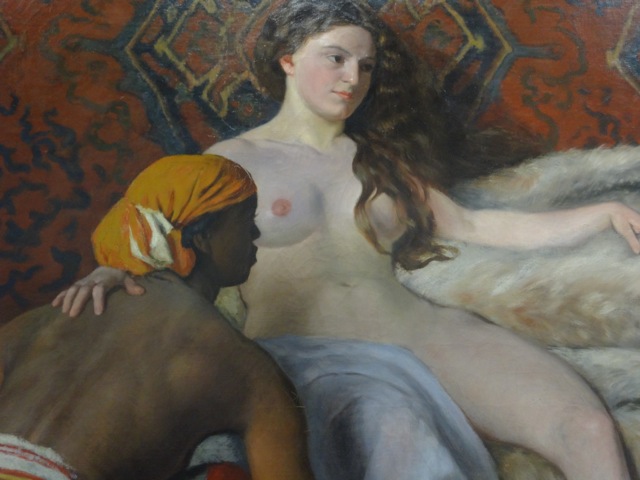
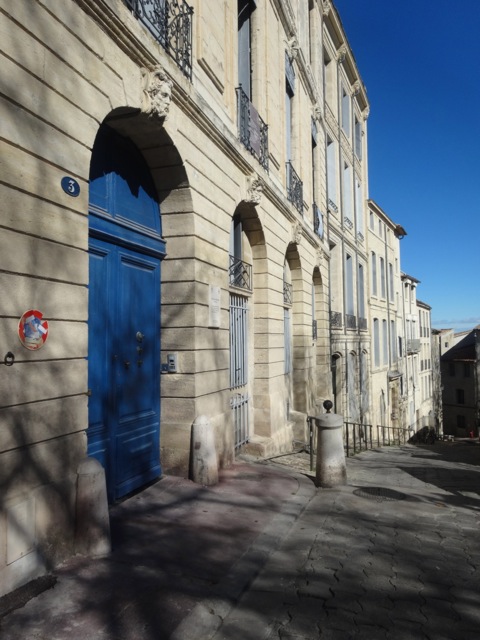 A maze of medieval streets, mansions courtyards, churches, the royal square… A historical and architectural approach to understanding the dynamics of Montpellier, from the Middle Age to today...
A maze of medieval streets, mansions courtyards, churches, the royal square… A historical and architectural approach to understanding the dynamics of Montpellier, from the Middle Age to today...
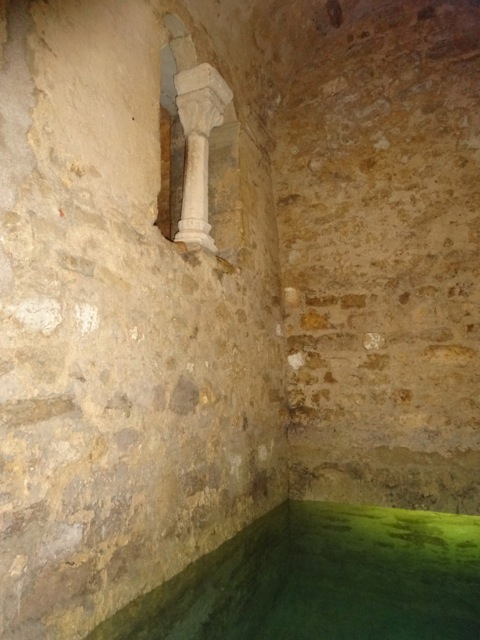
 The first impression is classic but the architectural reality is quite different: just like an archaeologist, let's rediscover the medieval legacy, reflecting an era of unparalleled prosperity, where cosmopolitan Montpellier traded with the whole world.
The first impression is classic but the architectural reality is quite different: just like an archaeologist, let's rediscover the medieval legacy, reflecting an era of unparalleled prosperity, where cosmopolitan Montpellier traded with the whole world.

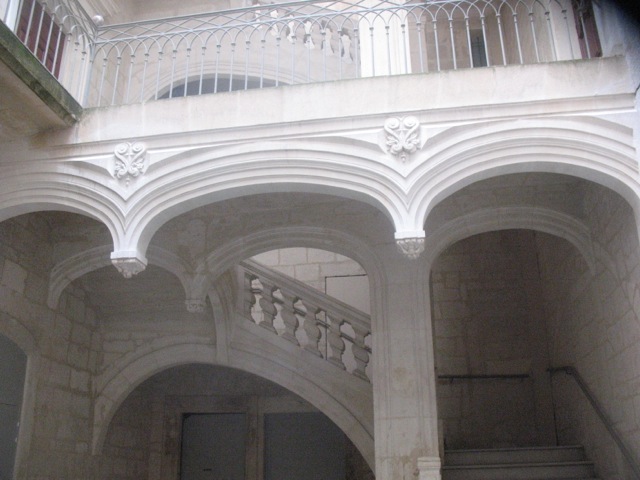
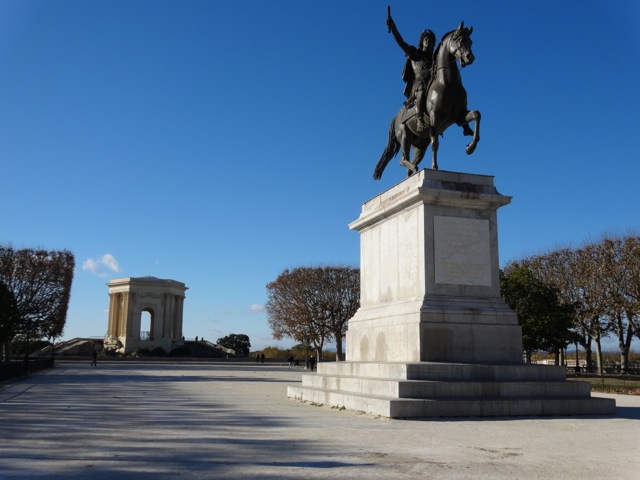
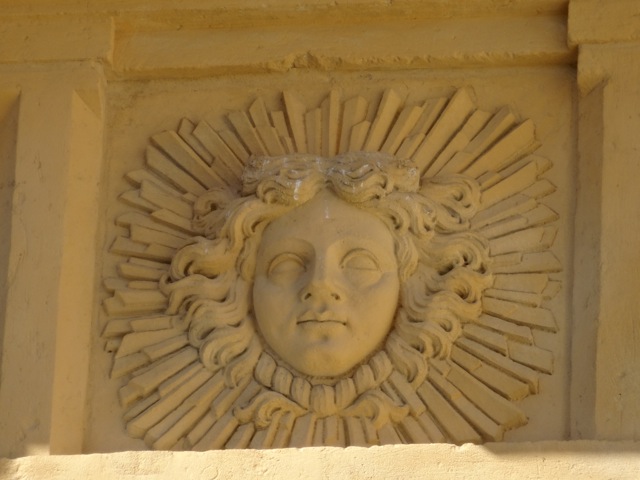
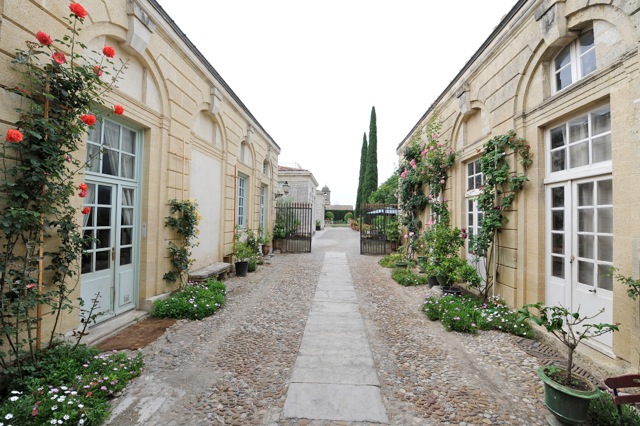

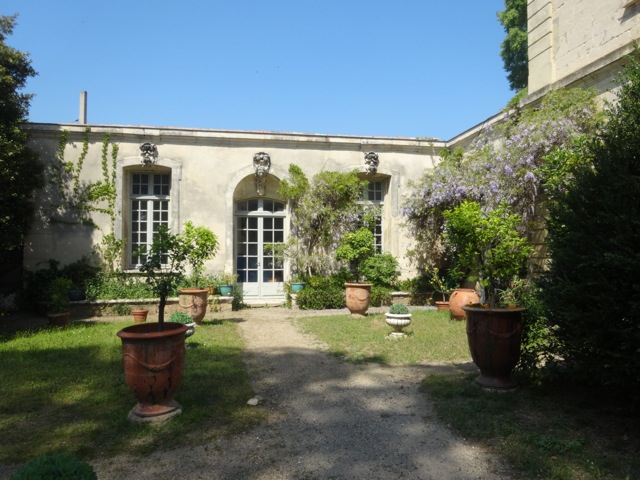
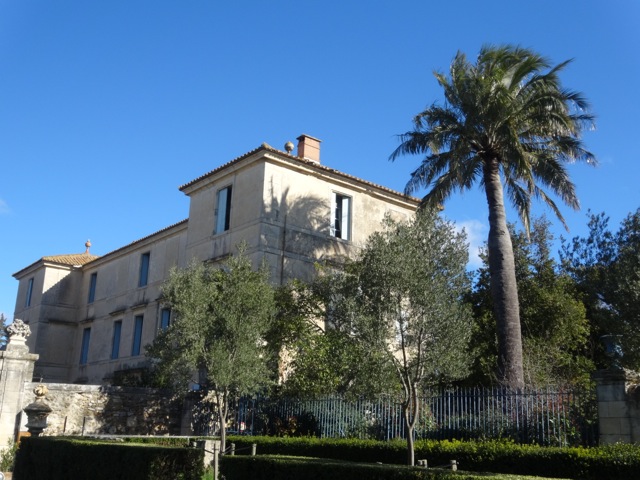
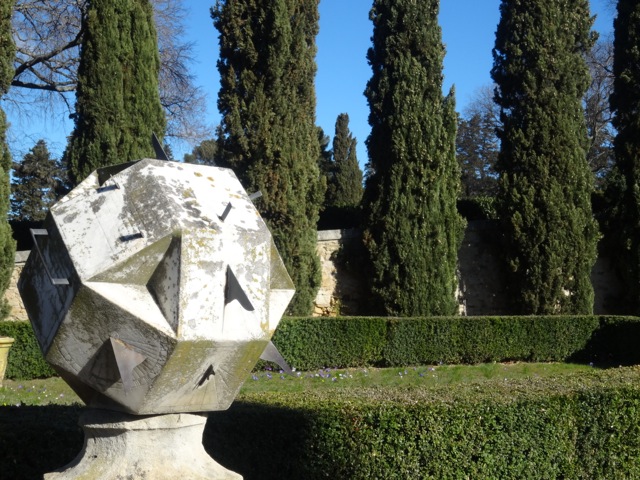


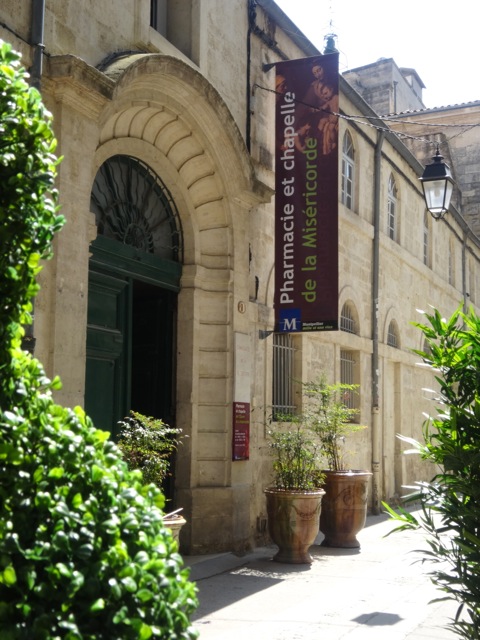

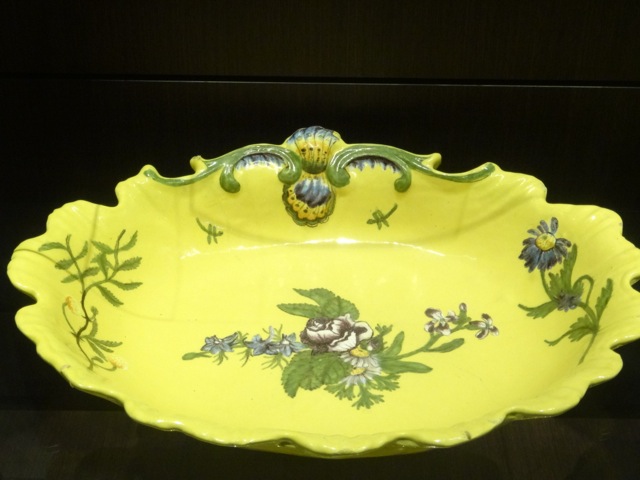
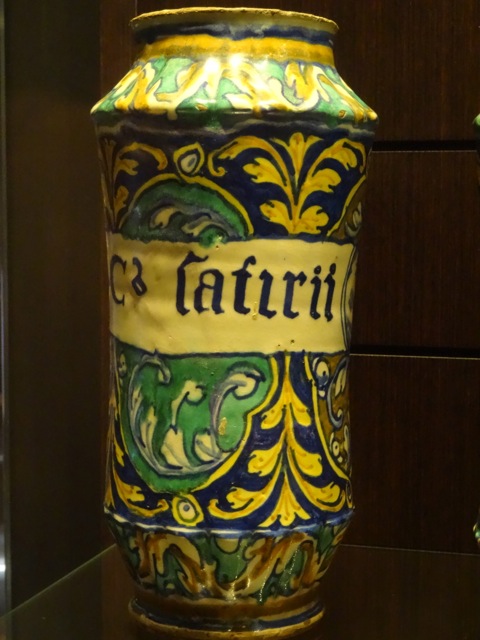
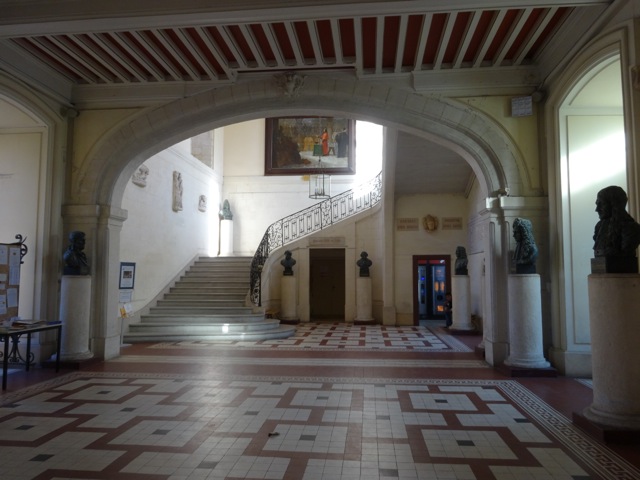 A prestigious venue: the Faculty of Medicine and Anatomy Conservatory
A prestigious venue: the Faculty of Medicine and Anatomy Conservatory  This tour offers the story of medical education and the story of the building in which unfolded the teaching since the Revolution (a monastery which became the Episcopal Palace and the Health School). From one surprise to another, until the Conservatory of Anatomy where time seems to have stopped...
This tour offers the story of medical education and the story of the building in which unfolded the teaching since the Revolution (a monastery which became the Episcopal Palace and the Health School). From one surprise to another, until the Conservatory of Anatomy where time seems to have stopped...

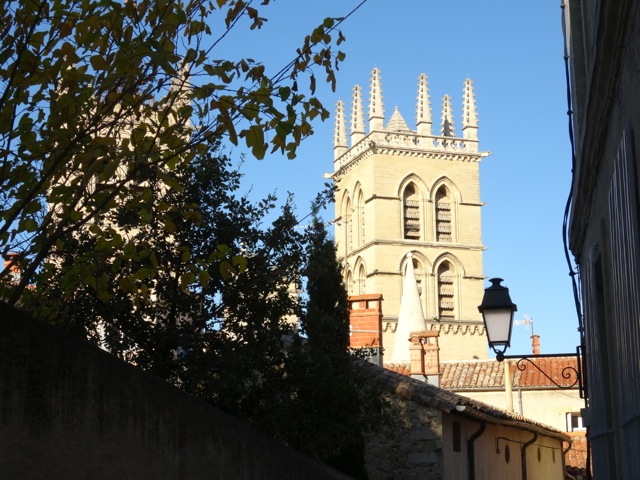

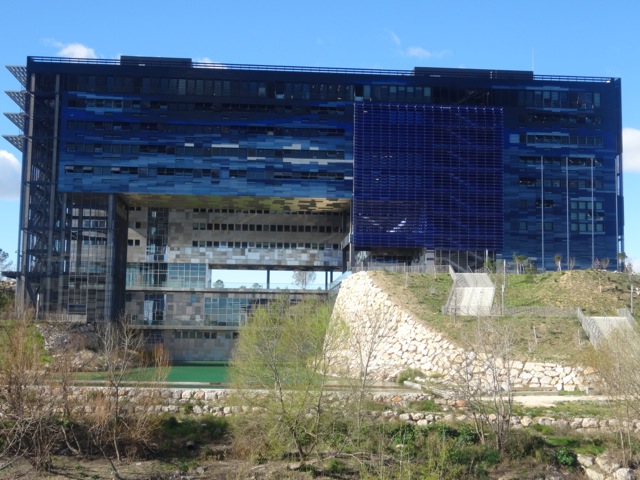
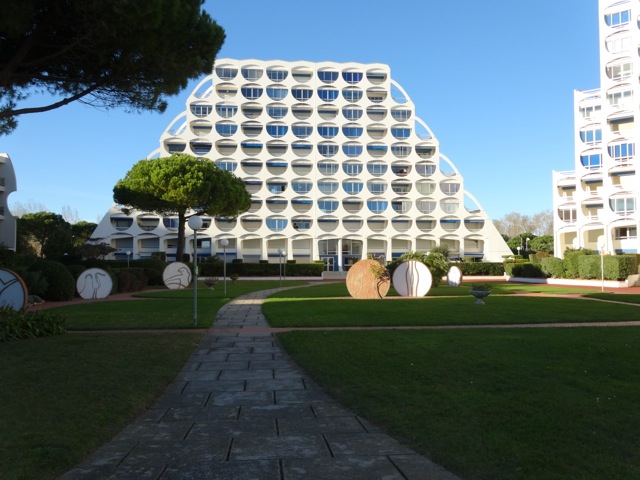
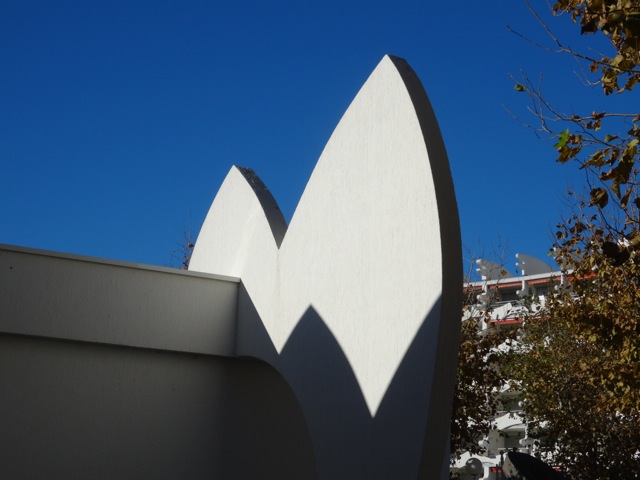
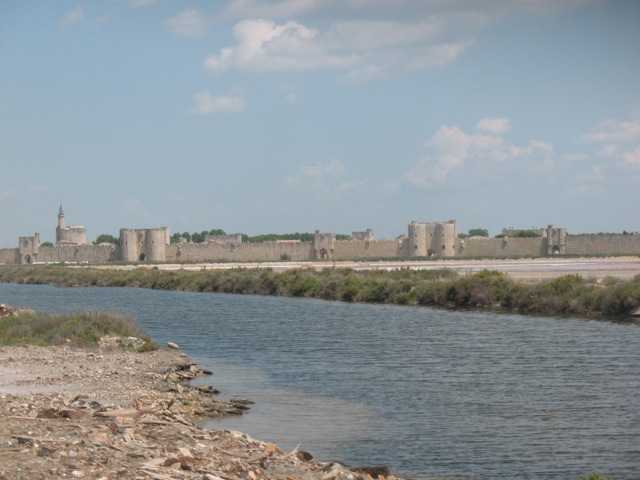 As its contemporary counterpart La Grande Motte, Aigues Mortes was born in a "no man's land" of wetlands by the will of the King of France Saint Louis (1214-1270). In those distant days when all commercial, religious and political issues were centered on the Mediterranean Sea, the King quickly grasped the importance of such a foundation.
As its contemporary counterpart La Grande Motte, Aigues Mortes was born in a "no man's land" of wetlands by the will of the King of France Saint Louis (1214-1270). In those distant days when all commercial, religious and political issues were centered on the Mediterranean Sea, the King quickly grasped the importance of such a foundation.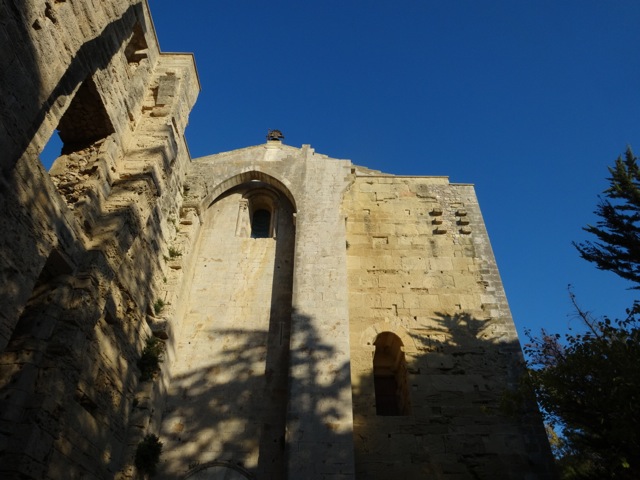 An unusual and romantic place in the middle of ponds. Fine example of Romanesque architecture, "Insula Magalona" in Roman times, a bishopric for a thousand years (between 1400 and 1536), forgotten and resurrected by a passion for history and old buildings in the XIXth century, the Maguelone Cathedral is an outstanding site, almost an island today, immersed in lush vegetation and inhabited by a colony of peacocks whose present in these places for thousands of years.
An unusual and romantic place in the middle of ponds. Fine example of Romanesque architecture, "Insula Magalona" in Roman times, a bishopric for a thousand years (between 1400 and 1536), forgotten and resurrected by a passion for history and old buildings in the XIXth century, the Maguelone Cathedral is an outstanding site, almost an island today, immersed in lush vegetation and inhabited by a colony of peacocks whose present in these places for thousands of years.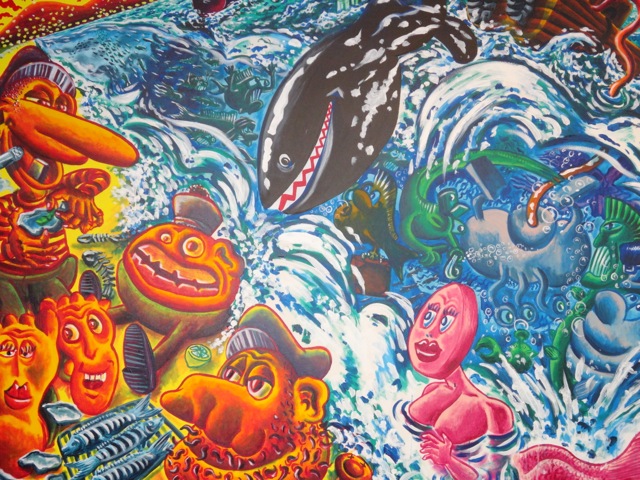 Aerial view on the summit of Mont Saint Clair, folk economic realities (jousting) or gourmet (partial, rust ...) along the waterfront, the origins of the royal town created by the will of Colbert at the mouth of the Canal du Midi, an approach more art museum with Paul Valéry (sétoise school with di Rosa brothers Combas Desnoyers ...) a pilgrimage for lovers of Georges Brassens museum dedicated to him, Paul Valery "marine graveyard"... or Jean Vilar (house native recently opened to the public).
Aerial view on the summit of Mont Saint Clair, folk economic realities (jousting) or gourmet (partial, rust ...) along the waterfront, the origins of the royal town created by the will of Colbert at the mouth of the Canal du Midi, an approach more art museum with Paul Valéry (sétoise school with di Rosa brothers Combas Desnoyers ...) a pilgrimage for lovers of Georges Brassens museum dedicated to him, Paul Valery "marine graveyard"... or Jean Vilar (house native recently opened to the public).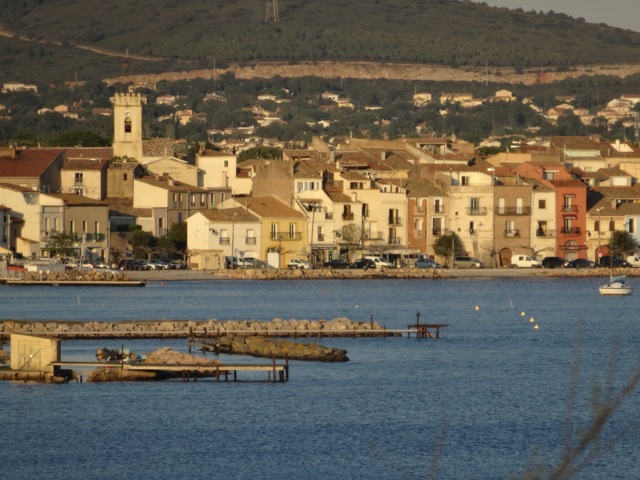 Inland sea, giving Sète its insular character, the Thau pond is a world in itself ; to discover by car or boat for a more concrete and vivid approach to shellfish techniques.
Inland sea, giving Sète its insular character, the Thau pond is a world in itself ; to discover by car or boat for a more concrete and vivid approach to shellfish techniques.

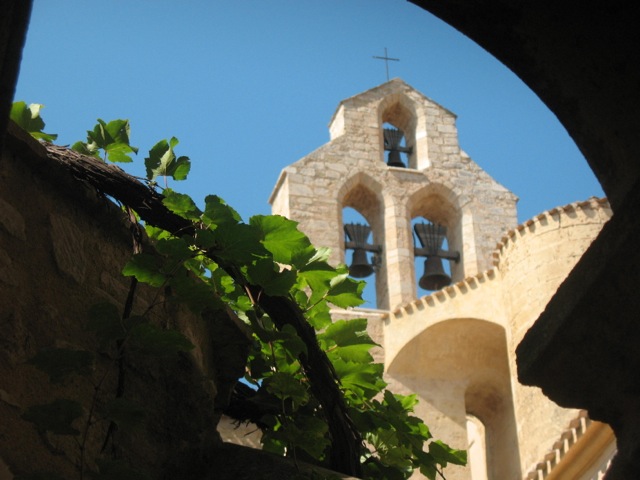


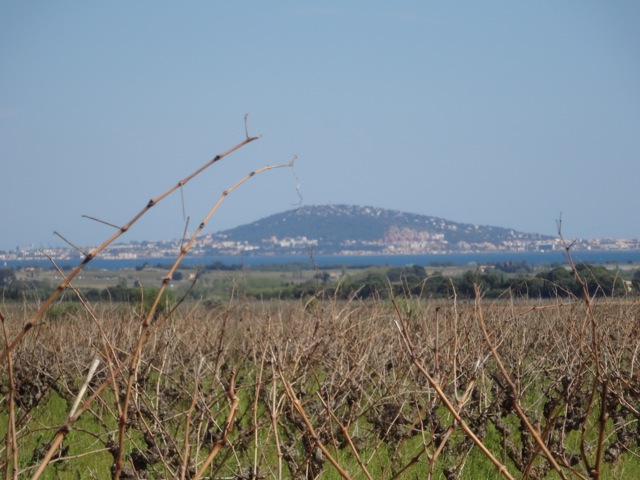
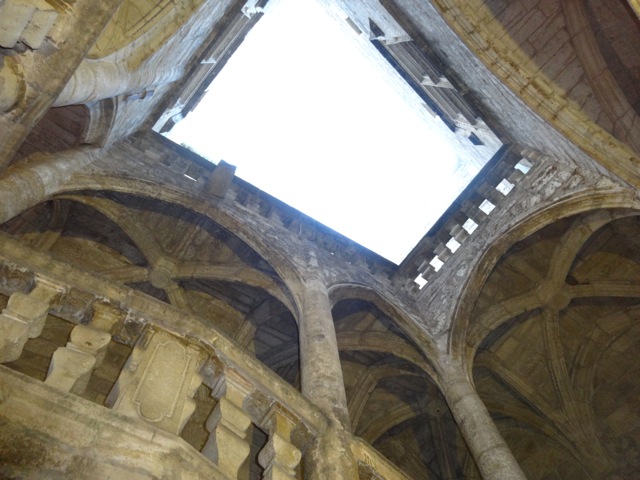 Pézenas is a medium-sized town (population 6,000), a time forgotten and resurrected thanks to the Malraux law (conservation areas) and to tourism. It is a kind of architectural outdoor museum, with undeniable charm.
Pézenas is a medium-sized town (population 6,000), a time forgotten and resurrected thanks to the Malraux law (conservation areas) and to tourism. It is a kind of architectural outdoor museum, with undeniable charm.
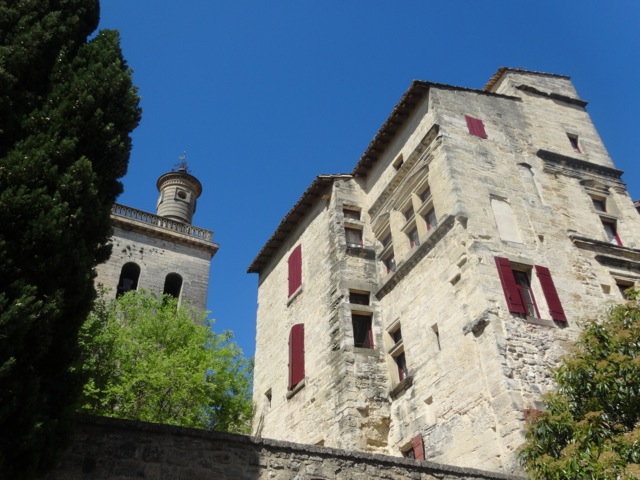 Strolling the streets in the footsteps of Racine and André Gide
Strolling the streets in the footsteps of Racine and André Gide
 Complete your tour :
Complete your tour :
 At the origins of Nîmes, water is honored as a divine manifestation: in hot, dry scrubland, Némausus, the god of the fountain, is the source of life. A colony of Roman law, the city (7 kilometers of ramparts), huge, is adorned with magnificent monuments, water becomes an element of comfort, a sign of prosperity, a form of ostentation. It is to meet these new demands that the Gard bridge was built, along with the fountain gardens, the castellum, and the amphitheater.
At the origins of Nîmes, water is honored as a divine manifestation: in hot, dry scrubland, Némausus, the god of the fountain, is the source of life. A colony of Roman law, the city (7 kilometers of ramparts), huge, is adorned with magnificent monuments, water becomes an element of comfort, a sign of prosperity, a form of ostentation. It is to meet these new demands that the Gard bridge was built, along with the fountain gardens, the castellum, and the amphitheater.
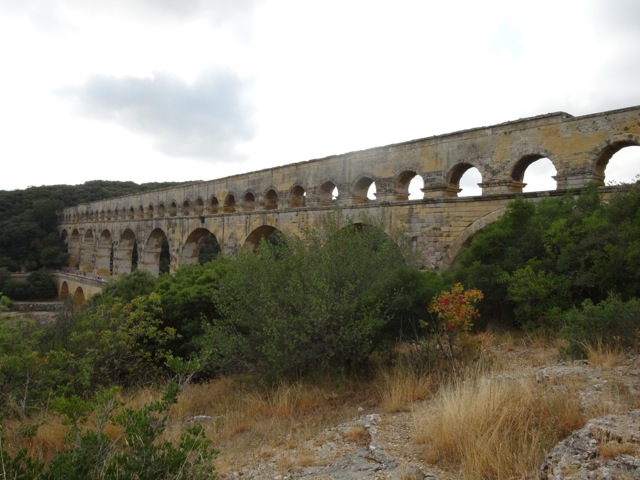 There is no need to describe a site as universally known and recognized as the Gard bridge, a World Heritage of UNESCO. Let those who discovered it at other times speak:
There is no need to describe a site as universally known and recognized as the Gard bridge, a World Heritage of UNESCO. Let those who discovered it at other times speak:
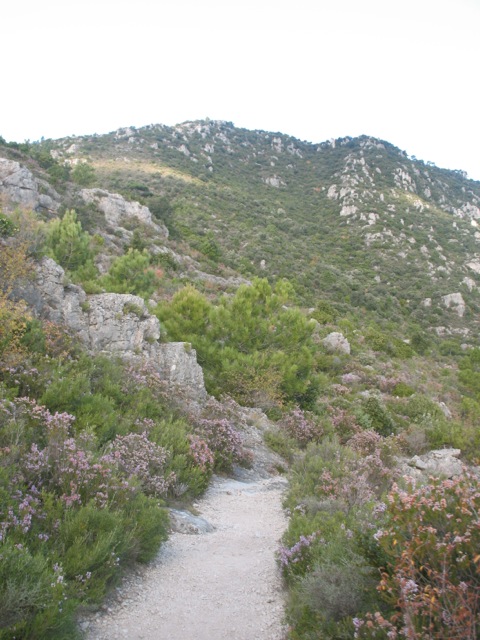 Again, the nature and the hand of Man came together to create one of the most fascinating sites in the region. Guilhaume d'Orange, cousin of Charlemagne, decides in the year 804 to withdraw to this place free of any human presence. Very quickly, the reputation of this brave warrior abandoning weapons for this lonely life will make the Abbey of Gellone a Mecca for prayers on the road to Saint Jacques de Compostela.
Again, the nature and the hand of Man came together to create one of the most fascinating sites in the region. Guilhaume d'Orange, cousin of Charlemagne, decides in the year 804 to withdraw to this place free of any human presence. Very quickly, the reputation of this brave warrior abandoning weapons for this lonely life will make the Abbey of Gellone a Mecca for prayers on the road to Saint Jacques de Compostela.

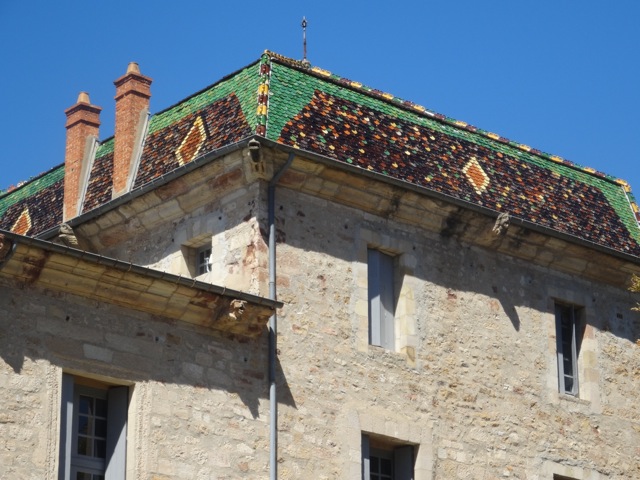 Away from the beaten path, and before reaching the austere wilderness of the Causse du Larzac, Lodève appears suddenly as the last stronghold of urban civilization : the Saint Fulcran, which witnessed one of the most prestigious bishoprics of the region ; the cloth business, a considerable windfall when Cardinal Fleury ensured the city's monopoly by manufacturing sheets for making the outfits for the royal troops. A major figure of Lodève, Paul Dardé (1888-1963) is a self-sculptor, a master of expressiveness and of great originality: the war memorial, the Dardé hall, the Fleury museum (additional entrance fee).
Away from the beaten path, and before reaching the austere wilderness of the Causse du Larzac, Lodève appears suddenly as the last stronghold of urban civilization : the Saint Fulcran, which witnessed one of the most prestigious bishoprics of the region ; the cloth business, a considerable windfall when Cardinal Fleury ensured the city's monopoly by manufacturing sheets for making the outfits for the royal troops. A major figure of Lodève, Paul Dardé (1888-1963) is a self-sculptor, a master of expressiveness and of great originality: the war memorial, the Dardé hall, the Fleury museum (additional entrance fee).
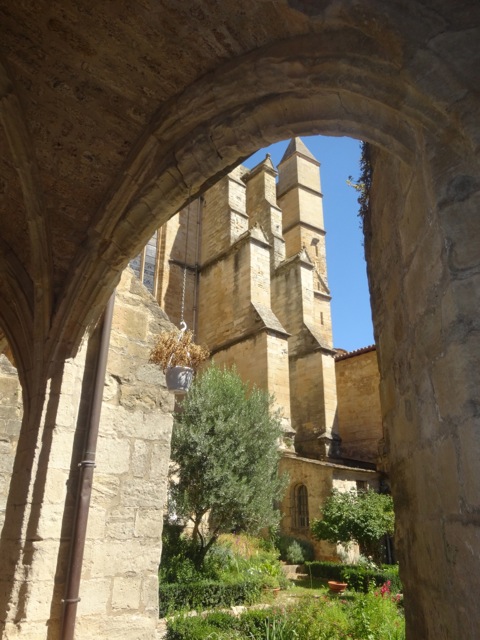 To prolong the visit of Lodève: The Savonnerie Workshop (Mobilier National), conservatory of an exceptional know-how. Visit the workshops : from 1 to 10 years of work for the manufacture of a carpet! Additional entry fee.
To prolong the visit of Lodève: The Savonnerie Workshop (Mobilier National), conservatory of an exceptional know-how. Visit the workshops : from 1 to 10 years of work for the manufacture of a carpet! Additional entry fee. The land of Larzac is not like any other : infinite horizons, stony paths, austere houses revealing a certain harshness of existence, a land loved by those who live and cultivate there.
To keep this area alive, a historic struggle of 10 years (1971-1981) expanded the fame of Larzac far beyond its geographical boundaries. Everyone remembers the slogan "Gardarem lo Larzac", when Michel Debré, Minister of Defense, decided to make a military camp there. A moment of nature, magnified by a geological wonder, the circus Navacelle and its 300 meters long canyon... Breathtaking!
The land of Larzac is not like any other : infinite horizons, stony paths, austere houses revealing a certain harshness of existence, a land loved by those who live and cultivate there.
To keep this area alive, a historic struggle of 10 years (1971-1981) expanded the fame of Larzac far beyond its geographical boundaries. Everyone remembers the slogan "Gardarem lo Larzac", when Michel Debré, Minister of Defense, decided to make a military camp there. A moment of nature, magnified by a geological wonder, the circus Navacelle and its 300 meters long canyon... Breathtaking!